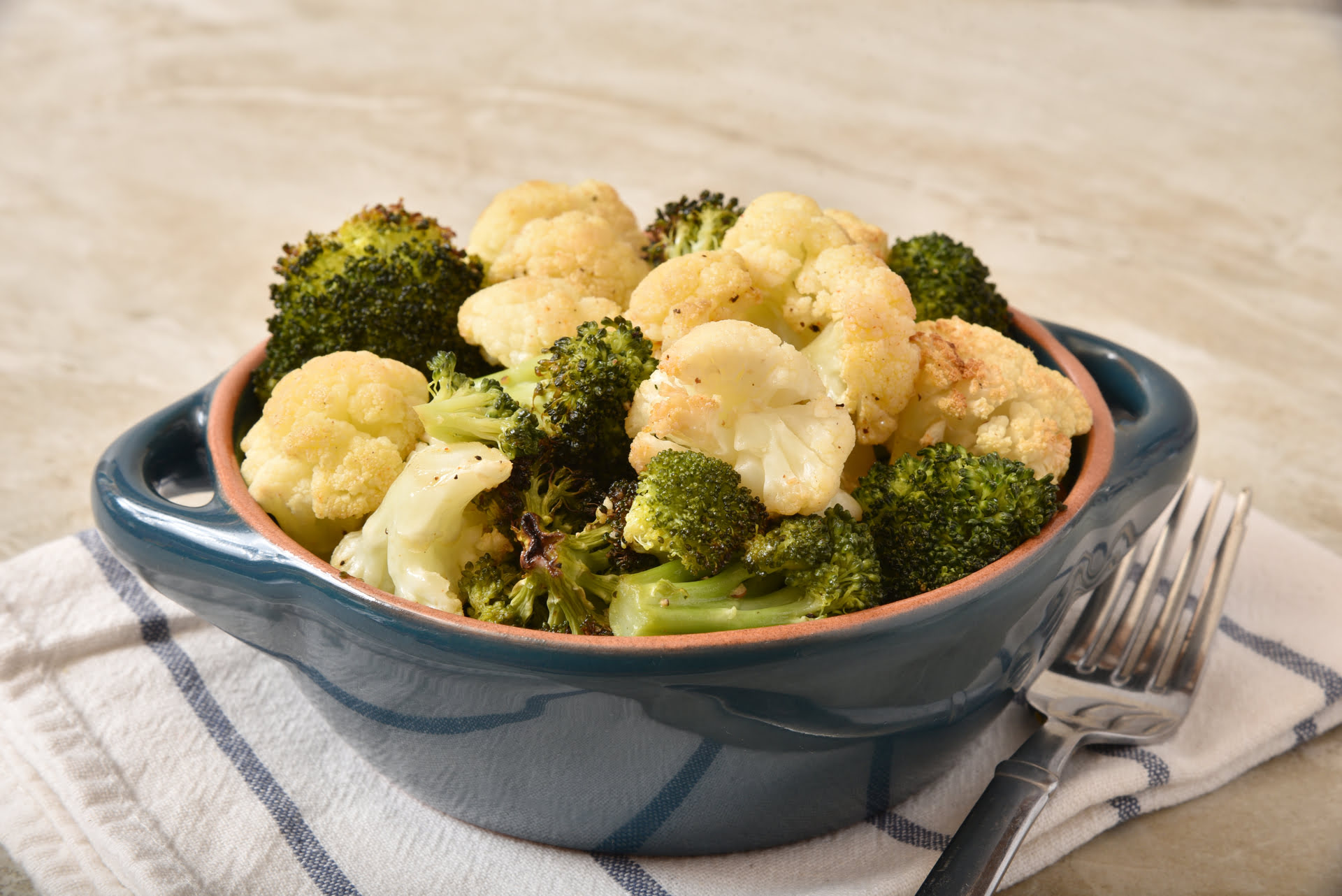

Articles
How To Store Cauliflower And Broccoli
Modified: December 7, 2023
Learn how to store cauliflower and broccoli effectively with our informative articles. Discover the best methods to keep them fresh and extend their shelf life.
(Many of the links in this article redirect to a specific reviewed product. Your purchase of these products through affiliate links helps to generate commission for Storables.com, at no extra cost. Learn more)
Introduction
Cauliflower and broccoli are two versatile and nutritious vegetables that can be enjoyed in a variety of dishes. Whether you’re a fan of roasted cauliflower or stir-fried broccoli, knowing how to properly store these vegetables is essential to ensure their freshness and extend their shelf life.
Both cauliflower and broccoli are members of the cruciferous vegetable family, known for their health benefits and distinct flavors. However, when not stored correctly, they can quickly deteriorate, resulting in texture changes, off flavors, and nutrient loss.
In this article, we will provide you with valuable tips and techniques on how to store cauliflower and broccoli to help you maximize their freshness and flavor. From storing them in the refrigerator to freezing them for later use, we’ll cover various methods to suit your needs.
Key Takeaways:
- Store cauliflower and broccoli in the refrigerator by wrapping them in damp paper towels and placing them in a perforated bag to maintain freshness for up to one week. Remember to keep them away from ethylene-producing fruits!
- To preserve cauliflower and broccoli for longer periods, blanch and freeze them for up to 12 months. Label and date the containers, and remember to thaw them in the refrigerator before use.
Tips for Storing Cauliflower and Broccoli
Proper storage is key to preserving the freshness and quality of cauliflower and broccoli. Here are some tips to keep in mind:
- Choose fresh vegetables: When buying cauliflower and broccoli, select ones with firm and crisp florets. Avoid those with any discoloration, soft spots, or signs of wilting.
- Keep the vegetables intact: Leave the leaves and stalks attached to the florets until you’re ready to use them. This helps seal in moisture and prolongs their freshness.
- Opt for unwashed vegetables: It’s best to keep cauliflower and broccoli unwashed until you’re ready to cook or consume them. Moisture can accelerate spoilage, so wait to wash them just before use.
- Avoid exposure to ethylene gas: Cauliflower and broccoli are sensitive to ethylene gas, a natural compound that can speed up the ripening process. Keep them away from fruits like apples, bananas, and tomatoes that release this gas.
- Store in breathable bags: Instead of plastic bags, opt for breathable ones like perforated vegetable bags or reusable mesh produce bags. These allow proper air circulation and prevent excess moisture buildup.
- Separate the vegetables: If storing cauliflower and broccoli together, make sure to keep them separate. Both vegetables emit gases that can cause each other to spoil faster if kept too close.
By following these simple tips, you can ensure that your cauliflower and broccoli stay fresh and vibrant for longer periods, giving you ample time to enjoy them.
Properly Preparing the Vegetables for Storage
Before storing cauliflower and broccoli, it’s essential to prepare them properly to maximize their shelf life. Here’s what you need to do:
- Trim and remove any damaged parts: Inspect both the cauliflower and broccoli for any discolored or damaged spots. Cut off any brown or soft areas and discard them.
- Rinse and dry: If your vegetables are dirty, you can give them a gentle rinse under cold running water. Pat them dry with a clean kitchen towel or paper towel to remove any excess moisture.
- Separate into florets: Break or cut the cauliflower and broccoli into florets of similar size. This will help ensure even cooking and make it easier to use smaller portions when needed.
- Keep the leaves and stalks: Keep the leaves and stalks attached to the florets, as they provide added protection and moisture retention. Trim any fibrous or tough parts of the stalk before storing.
Once you’ve prepared your cauliflower and broccoli for storage, you can proceed to choose the appropriate method based on your needs and the available storage options.
Storing Cauliflower and Broccoli in the Refrigerator
The refrigerator is an ideal storage option for cauliflower and broccoli, as it helps maintain a cool and controlled environment that slows down the vegetable’s natural deterioration process. Here’s how you can store them in the fridge:
- Wrap in a damp paper towel: To prevent wilting and drying out, wrap the cauliflower and broccoli loosely in a damp paper towel. This helps retain moisture and keeps the vegetables crisp.
- Place in a perforated bag or airtight container: After wrapping, transfer the vegetables to a perforated plastic bag or an airtight container. The holes in the bag allow air circulation, while the container prevents the vegetables from absorbing odors from other foods.
- Store in the crisper drawer: The crisper drawer in your refrigerator provides a slightly higher humidity level, which is beneficial for keeping cauliflower and broccoli fresh. Place the wrapped vegetables in this compartment.
- Keep away from ethylene-producing fruits and vegetables: As mentioned earlier, cauliflower and broccoli are sensitive to ethylene gas. To avoid premature spoilage, keep them separate from ethylene-producing items like apples, bananas, and tomatoes in the fridge.
- Check and remove any spoiled pieces: Periodically inspect your stored cauliflower and broccoli for any signs of spoilage. If you notice any mold, mushy spots, or bad odor, remove the affected pieces to prevent contamination.
When stored properly in the refrigerator, cauliflower can stay fresh for up to one week, while broccoli can last for around 4 to 7 days.
Remember to wash your hands before handling the vegetables and maintain good hygiene practices throughout the storing process to avoid any cross-contamination.
Blanching and Freezing Cauliflower and Broccoli
If you have an abundance of cauliflower and broccoli or want to preserve them for a longer period, freezing is a great option. However, before freezing, it’s recommended to blanch the vegetables to retain their freshness and quality. Here’s how you can blanch and freeze cauliflower and broccoli:
- Prepare an ice bath: Fill a large bowl with cold water and ice cubes. This will be used to cool down the vegetables after blanching.
- Bring a pot of water to a boil: Fill a large pot with water and bring it to a rolling boil.
- Blanch the vegetables: Add the cauliflower florets or broccoli to the boiling water and cook them for about 3 minutes. Blanching helps deactivate enzymes that can cause loss of flavor, texture, and nutritional value.
- Drain and cool: Using a slotted spoon or strainer, remove the blanched vegetables from the boiling water and immediately transfer them to the ice bath. Let them sit in the ice water for about 3 minutes to cool rapidly and halt the cooking process.
- Drain and pat dry: Once the vegetables are cool, drain them well and pat them dry with a clean kitchen towel or paper towels. Removing excess moisture prevents freezer burn and maintains the quality of the vegetables.
- Package for freezing: Transfer the blanched and dried cauliflower or broccoli into freezer-safe containers or resealable plastic bags. Squeeze out any excess air and seal tightly to prevent freezer burn and maintain freshness.
- Label and date: Don’t forget to label the containers or bags with the contents and date of freezing. This will help you keep track of their freshness and use them in proper rotation.
Frozen cauliflower and broccoli can be kept for up to 12 months in the freezer. However, to maintain their optimal quality, it’s best to consume them within 6 to 8 months.
Remember to thaw the frozen cauliflower and broccoli in the refrigerator before using them in your recipes. Avoid refreezing them once they have been thawed.
Store cauliflower and broccoli in the refrigerator in a perforated plastic bag to maintain freshness. Keep them in the crisper drawer and use within 3-5 days for best quality.
Read more: How To Store Cauliflower
Storing Cauliflower and Broccoli in the Freezer
If you have limited refrigerator space or want to store cauliflower and broccoli for an extended period, freezing is an excellent option. Here’s how you can store cauliflower and broccoli in the freezer:
- Prep the vegetables: Wash the cauliflower and broccoli under cold running water and pat them dry. Cut them into florets of similar size for easy handling and cooking.
- Blanch the vegetables: Blanching is recommended to maintain the vegetables’ quality and prevent the loss of flavor and nutritional value. Bring a pot of water to a boil and blanch the cauliflower and broccoli for about 3 minutes. Then, transfer them to an ice bath to cool rapidly.
- Drain and dry: Drain the blanched vegetables thoroughly and pat them dry with a clean kitchen towel or paper towels. Removing excess moisture helps prevent freezer burn and maintain the vegetables’ quality.
- Package for freezing: Place the dried cauliflower and broccoli florets into freezer-safe containers or resealable plastic bags. Squeeze out any excess air before sealing them tightly. Alternatively, you can spread the florets in a single layer on a baking sheet lined with parchment paper and freeze them for a couple of hours before transferring them to containers or bags.
- Label and date: Label the containers or bags with the contents and date of freezing. This will help you keep track of their freshness and use them in proper rotation.
- Store in the freezer: Place the containers or bags in the freezer, ensuring they are arranged in a way that allows for easy access and prevents crushing or damage.
When stored correctly, cauliflower and broccoli can last in the freezer for up to 12 months. However, for the best quality, it’s recommended to consume them within 6 to 8 months.
Remember to thaw the frozen cauliflower and broccoli before using them in your recipes. You can thaw them by transferring them to the refrigerator and allowing them to thaw slowly overnight. Avoid refreezing the thawed vegetables.
Storing Cauliflower and Broccoli in the Pantry or Root Cellar
If you don’t have access to a refrigerator or freezer, or if you prefer to store cauliflower and broccoli in a cool, dry environment, you can utilize your pantry or root cellar. Here’s how you can store them in such conditions:
- Inspect for freshness: Before storing, check the cauliflower and broccoli for any signs of damage or spoilage. Discard any vegetables with mold, mushy spots, or a bad odor.
- Remove excess moisture: Use a clean kitchen towel or paper towel to gently pat dry the vegetables, removing any excess moisture. Moisture can lead to rot and spoilage, so it’s crucial to keep them dry.
- Find a cool and dry spot: Look for a cool and dry area in your pantry or root cellar. Ideally, the temperature should range between 50 to 60°F (10 to 15°C), with low humidity.
- Store in breathable containers: Place the cauliflower and broccoli in breathable containers such as wicker baskets or mesh bags to promote airflow. Avoid using plastic bags or any airtight containers, as they can trap moisture and lead to spoilage.
- Check regularly for spoilage: Regularly inspect the stored vegetables for any signs of decay. Remove any spoiled pieces immediately to prevent the spread of spoilage.
When stored properly in a pantry or root cellar, cauliflower can last for up to two weeks, while broccoli can stay fresh for about one week. Keep in mind that the exact storage duration may vary depending on the specific conditions of your pantry or root cellar.
Remember that these storage methods are not as effective as refrigeration or freezing in terms of maintaining optimal freshness and texture. Therefore, it’s recommended to consume cauliflower and broccoli stored in the pantry or root cellar within a shorter period.
How to Know if Cauliflower and Broccoli have Gone Bad
Knowing how to identify if cauliflower and broccoli have gone bad is essential to prevent consuming spoiled vegetables. Here are some signs to look out for:
- Discoloration: If you notice any significant changes in the color of cauliflower or broccoli, such as a darkening or yellowing of the florets, it may indicate spoilage. Discard any vegetables with noticeable discoloration.
- Mold: Examine the surface of the cauliflower and broccoli for any signs of mold growth. Mold can appear as fuzzy spots, patches, or a greenish-gray film. Moldy vegetables should be discarded to avoid potential health risks.
- Texture changes: If the cauliflower or broccoli feels excessively soft, slimy, or mushy, it is an indication of spoilage. Fresh vegetables should have a firm and crisp texture.
- Offensive odor: A foul or pungent smell coming from the cauliflower or broccoli is a clear sign of spoilage. Fresh vegetables should have a mild, earthy aroma. If it smells rotten or unpleasant, it’s best to discard them.
- Bitter taste: If the cauliflower or broccoli tastes unusually bitter or has an unpleasant flavor, it may be an indication of spoilage. Fresh vegetables should have a mildly sweet and slightly nutty taste.
Remember to rely on your senses of sight, touch, and smell to determine whether cauliflower or broccoli has gone bad. It’s better to err on the side of caution and discard any vegetables that show signs of spoilage to avoid foodborne illnesses.
Conclusion
Properly storing cauliflower and broccoli is essential to maintain their freshness, flavor, and nutritional value. Whether you choose to store them in the refrigerator, freezer, pantry, or root cellar, following the right guidelines ensures that these versatile vegetables stay in optimal condition for as long as possible.
When storing cauliflower and broccoli, remember to choose fresh vegetables, separate them from ethylene-producing fruits, and keep them in breathable containers. Prep the vegetables by trimming, rinsing, and drying them before storing. Depending on your storage method, you can blanch and freeze cauliflower and broccoli for longer-term preservation or store them in the refrigerator for shorter periods.
Monitoring the condition of cauliflower and broccoli is crucial to prevent consuming spoiled vegetables. Look out for signs of discoloration, mold, texture changes, offensive odors, or bitter tastes, as these indicate that the vegetables have gone bad and should be discarded.
By following these storage techniques and staying vigilant for signs of spoilage, you can enjoy the delicious flavors and numerous health benefits of cauliflower and broccoli for an extended period.
So, the next time you bring home these cruciferous vegetables, make sure to store them properly to maximize their freshness and enjoy their incredible taste and nutrients in your favorite recipes!
Frequently Asked Questions about How To Store Cauliflower And Broccoli
Was this page helpful?
At Storables.com, we guarantee accurate and reliable information. Our content, validated by Expert Board Contributors, is crafted following stringent Editorial Policies. We're committed to providing you with well-researched, expert-backed insights for all your informational needs.
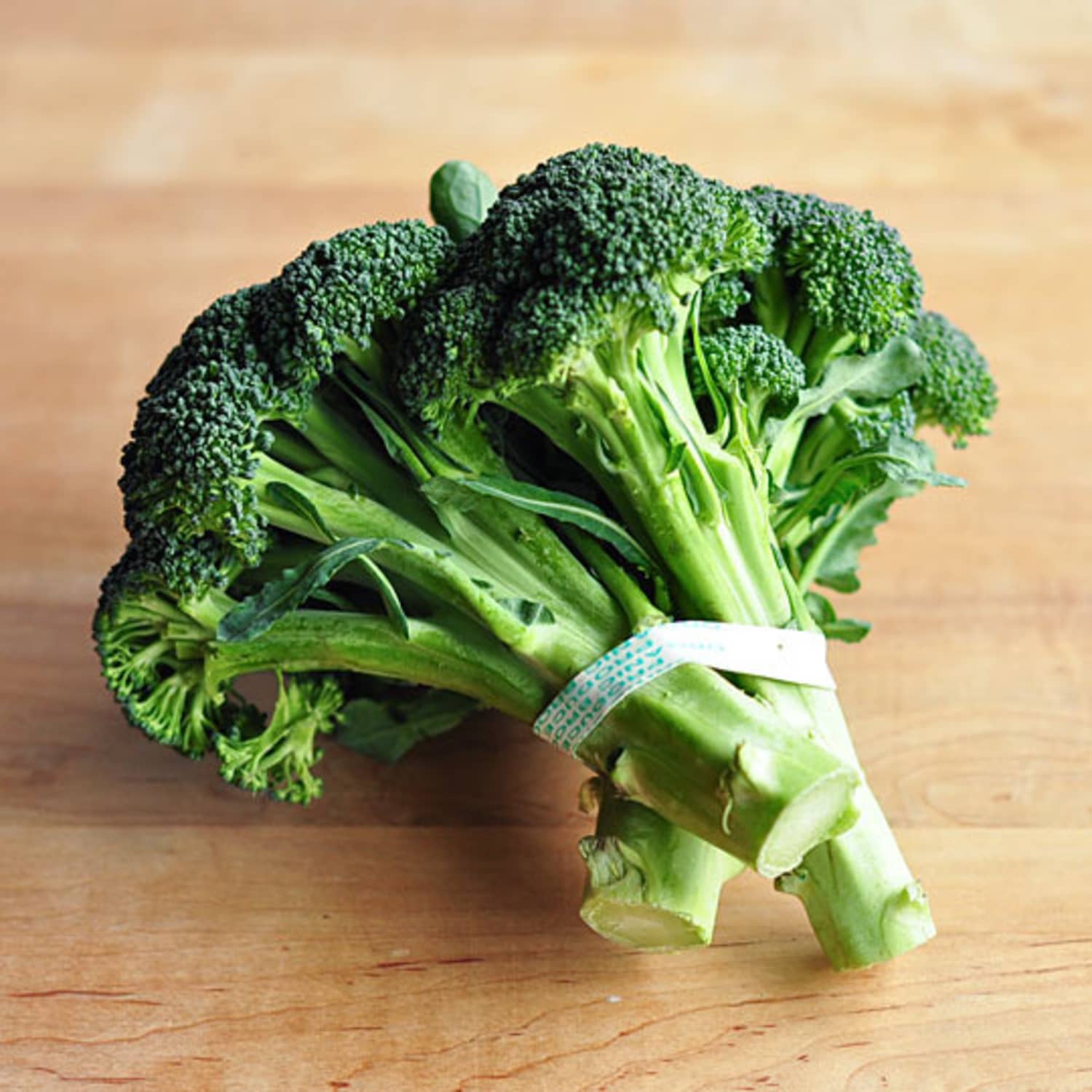
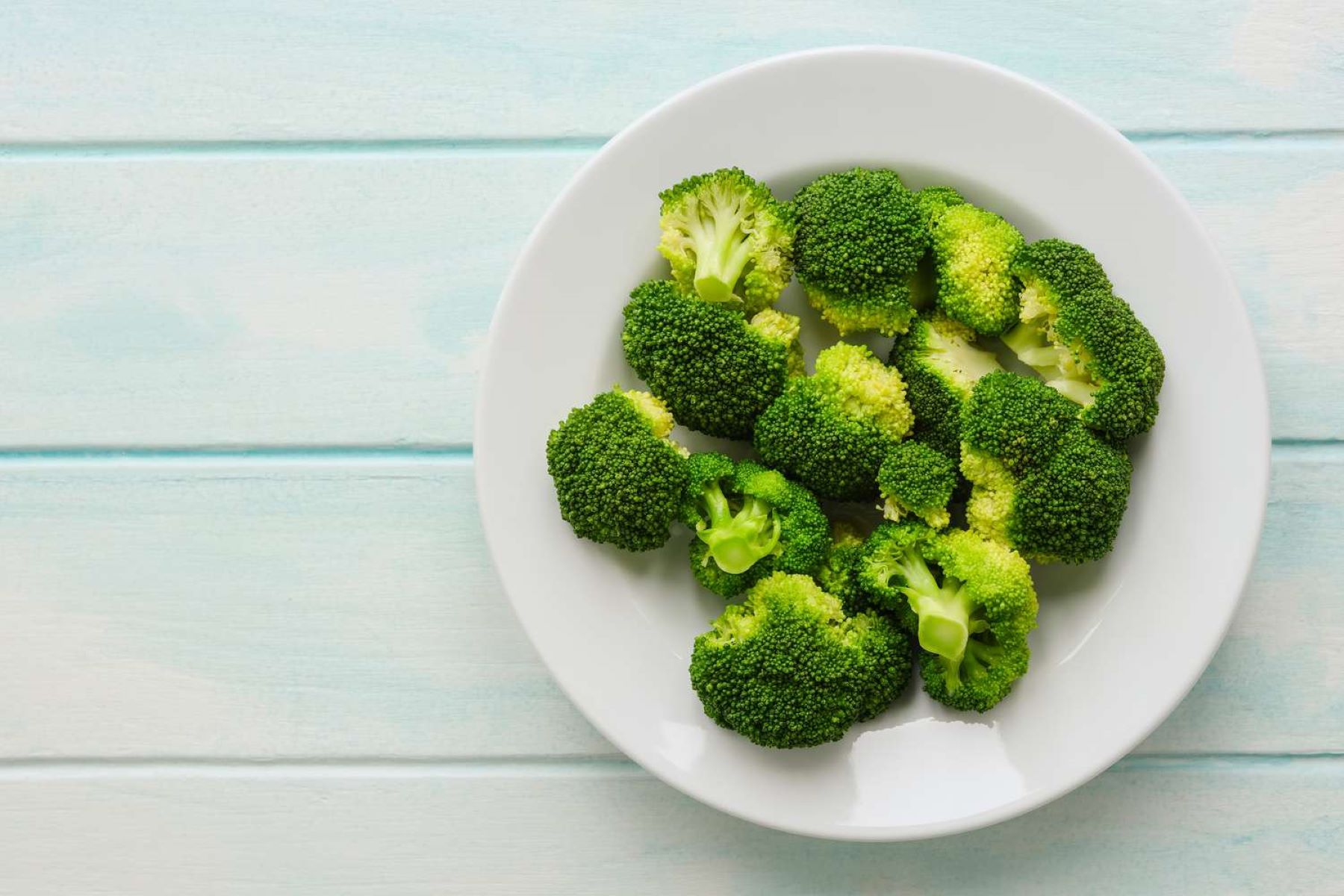
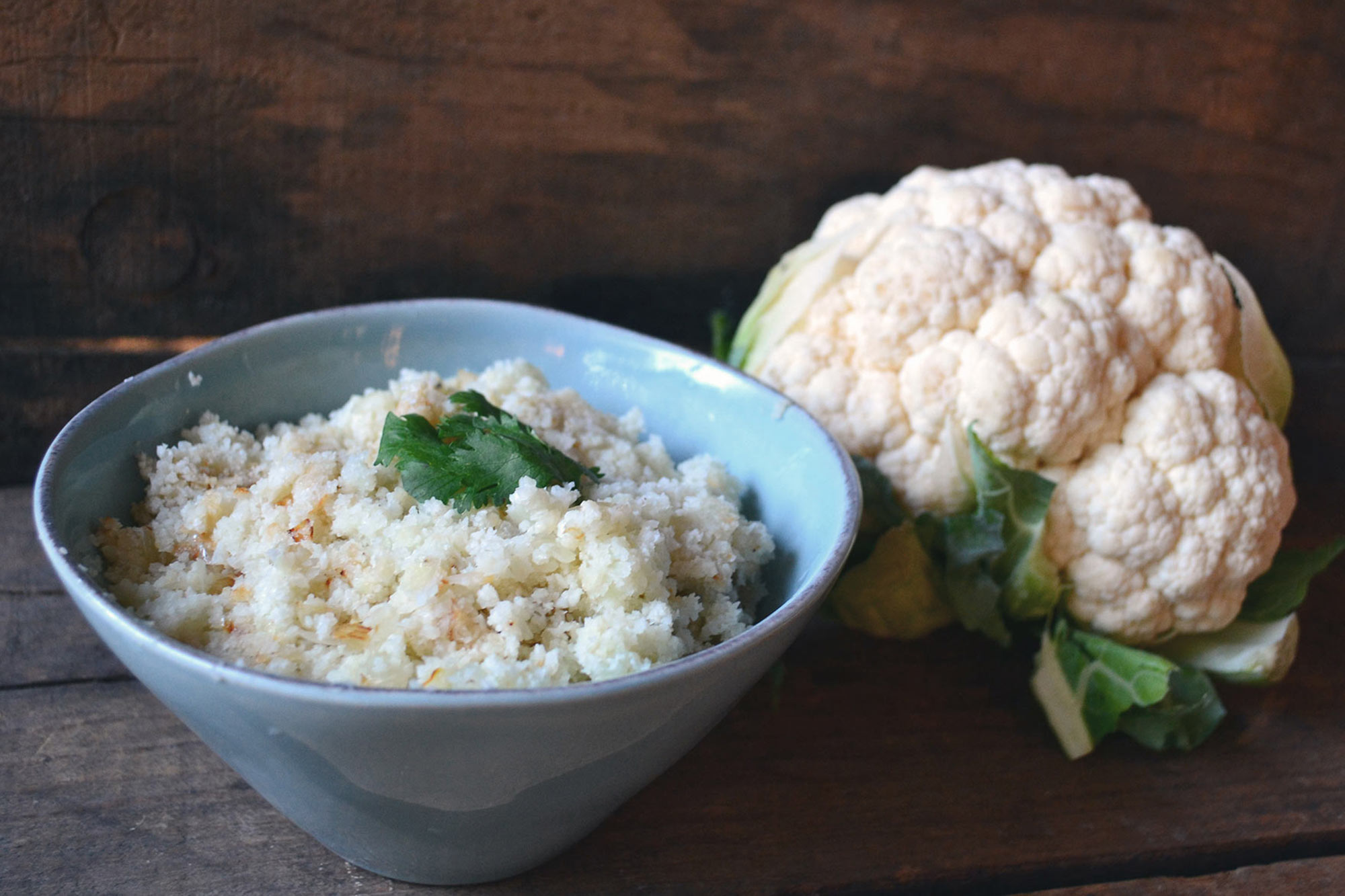
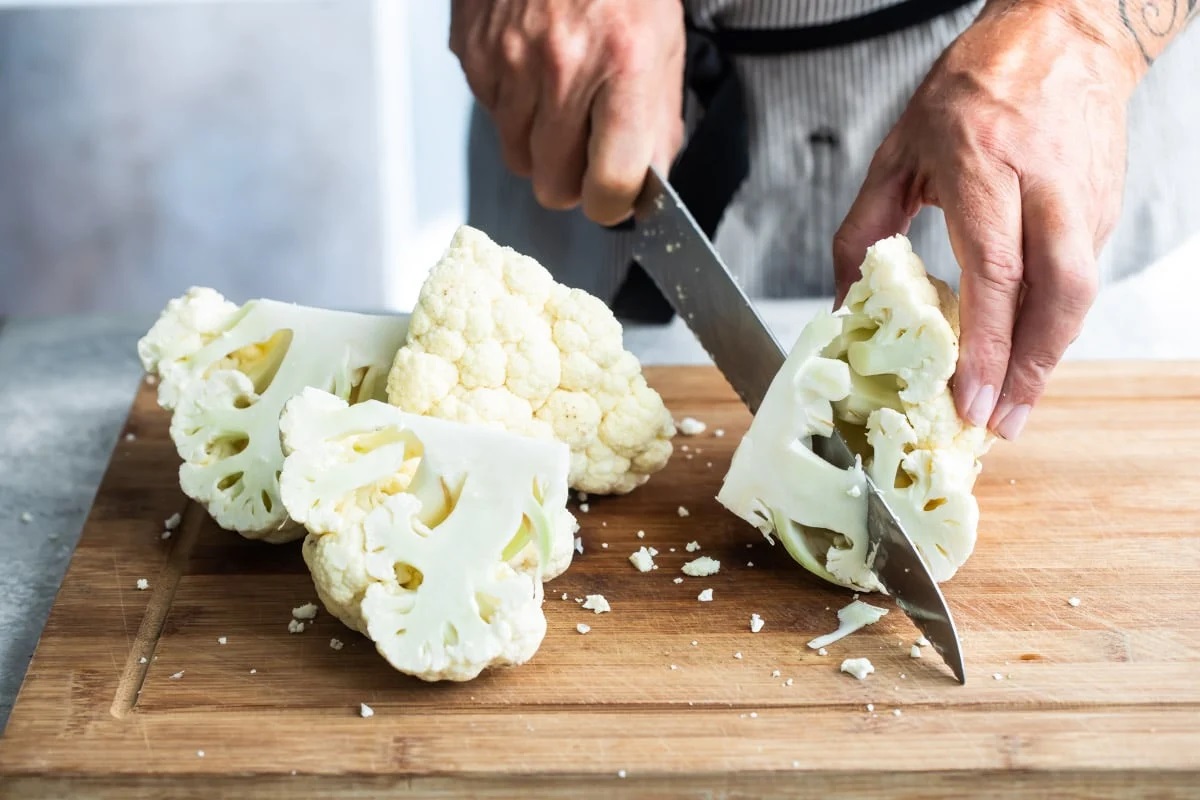
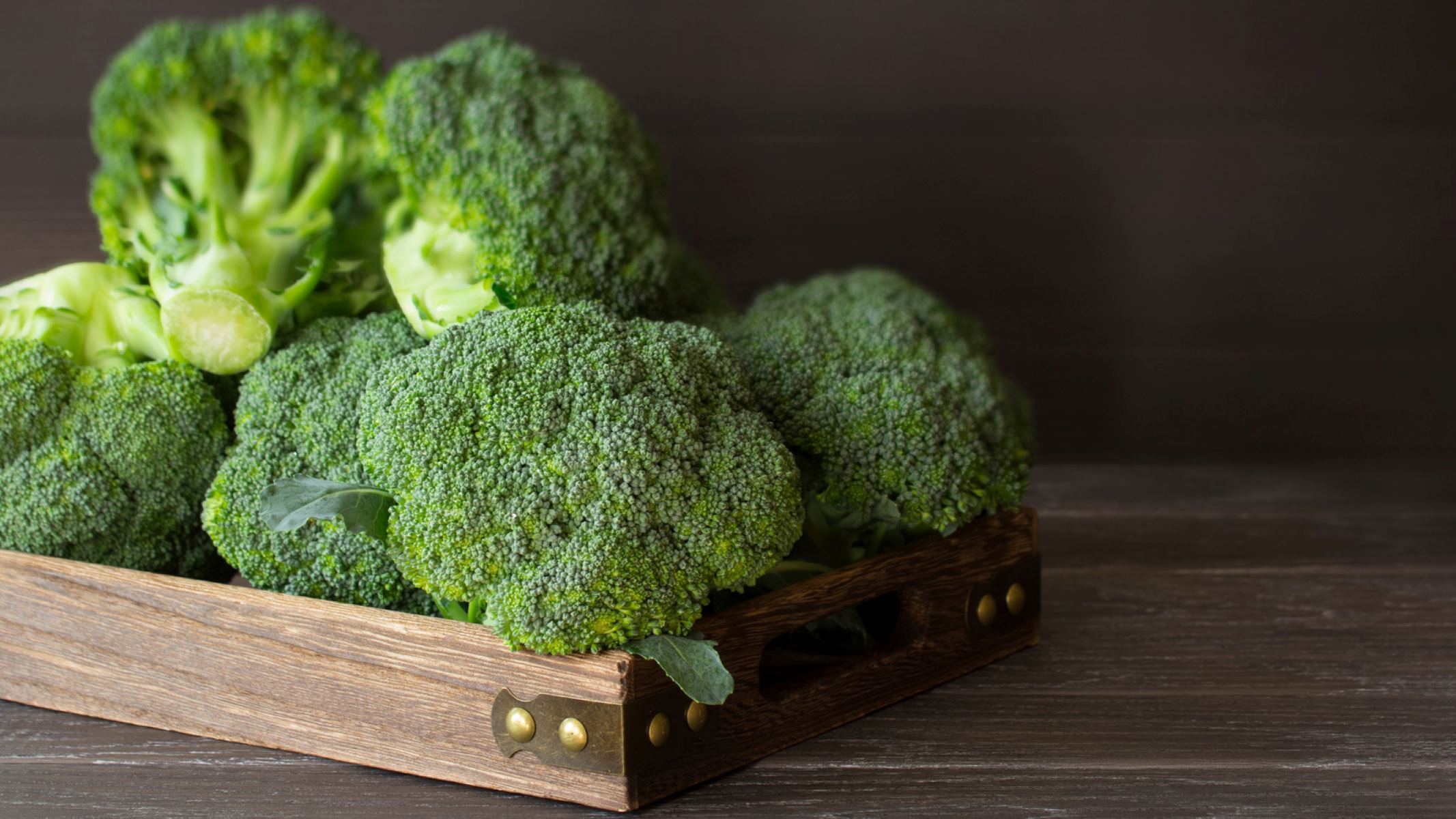
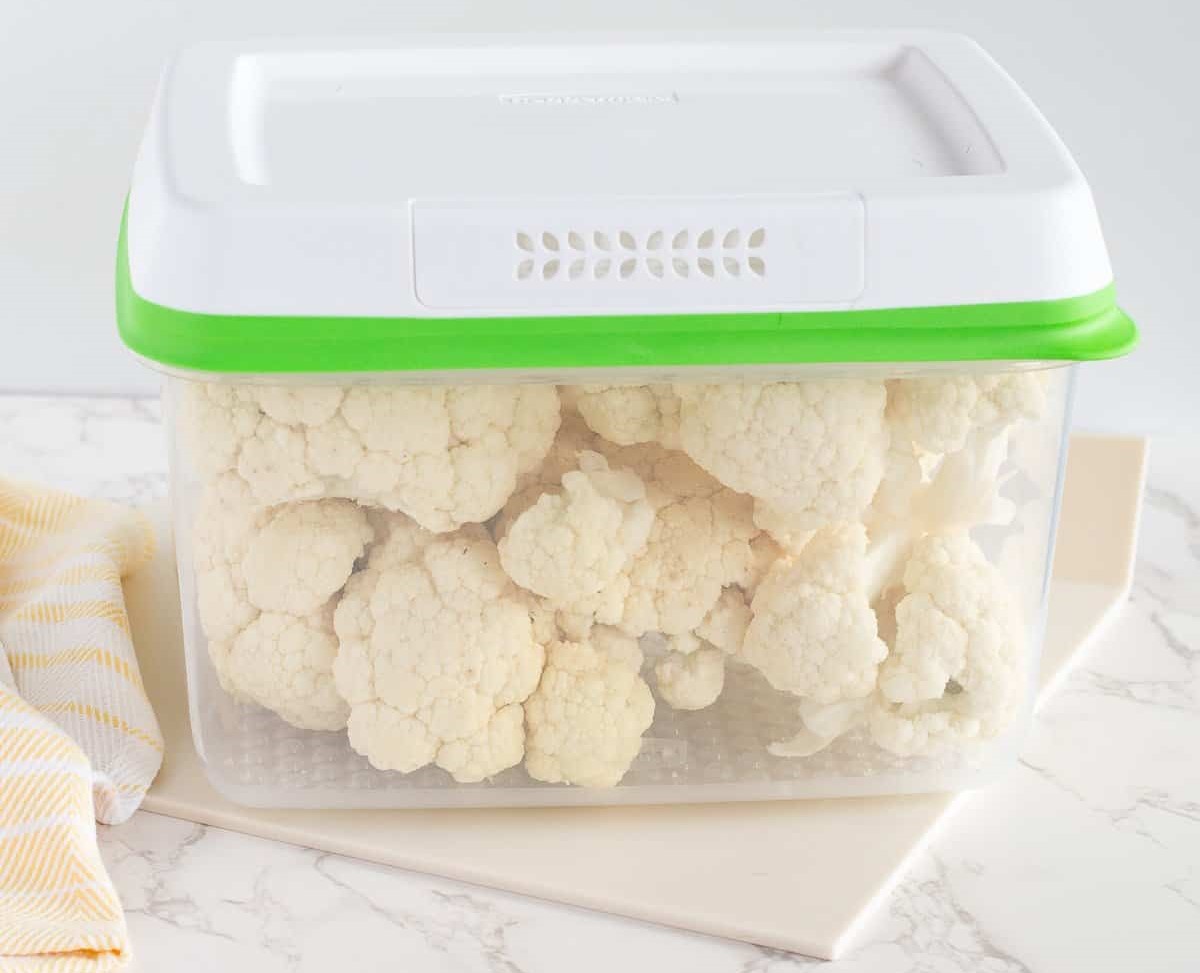
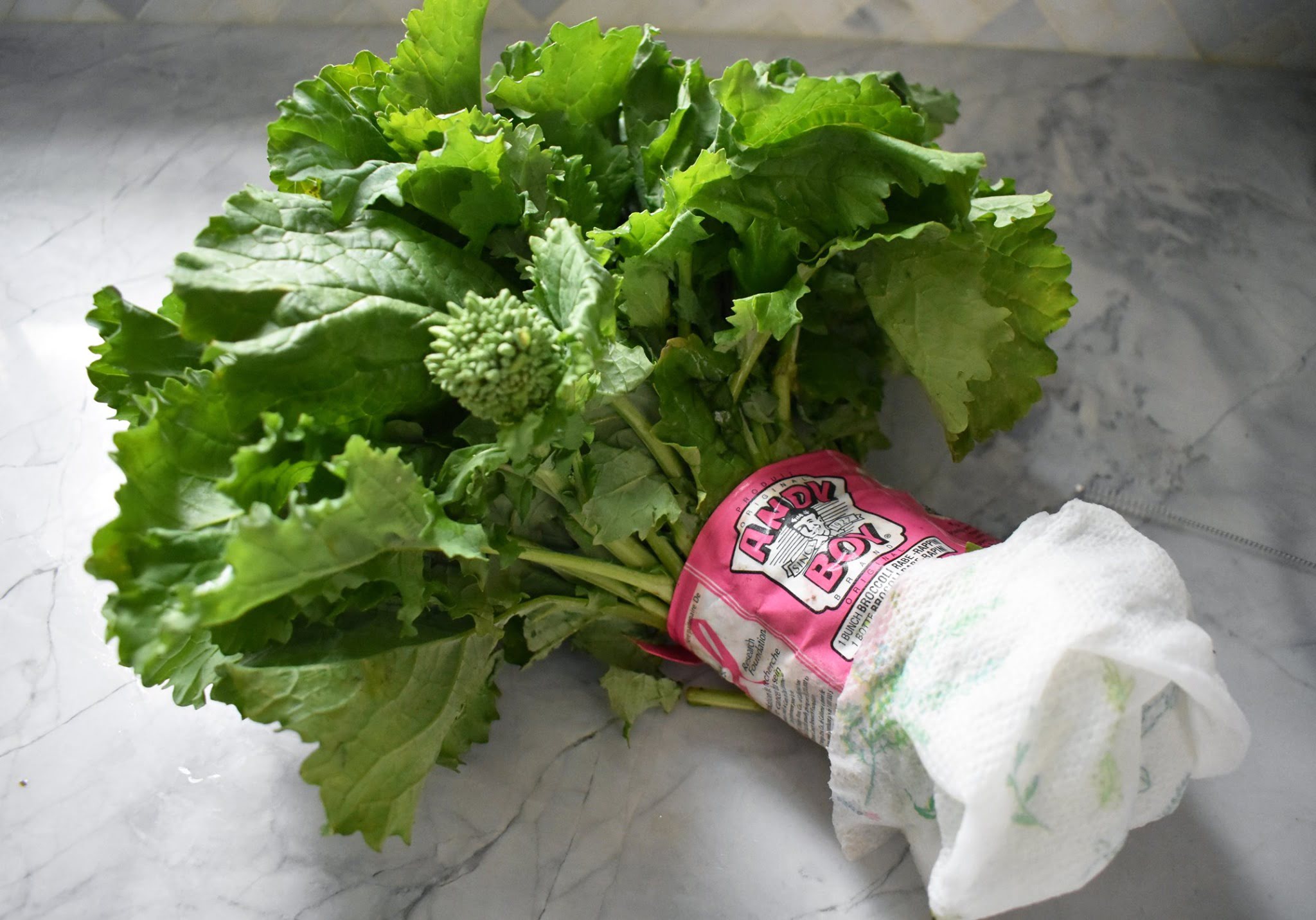
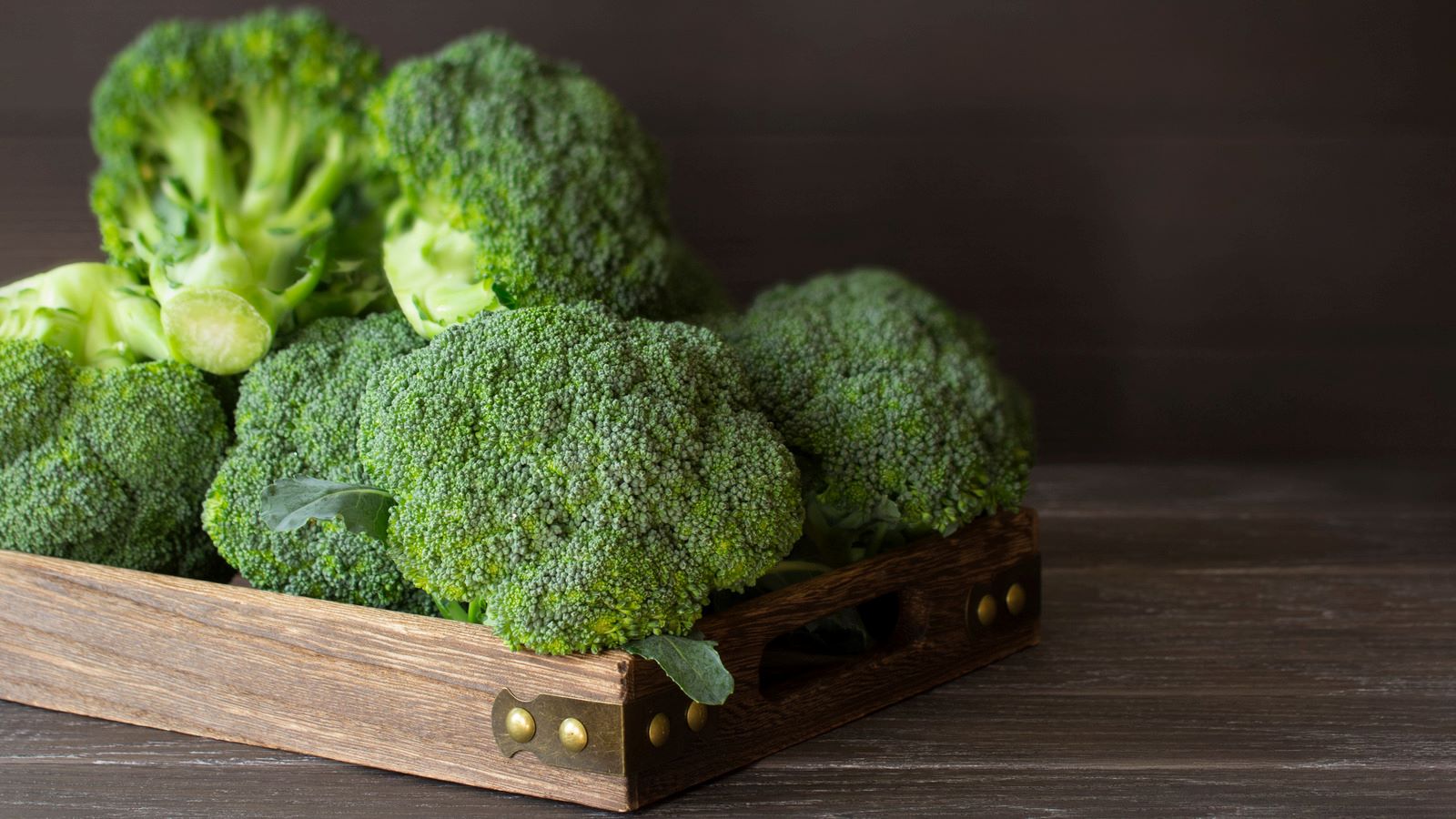
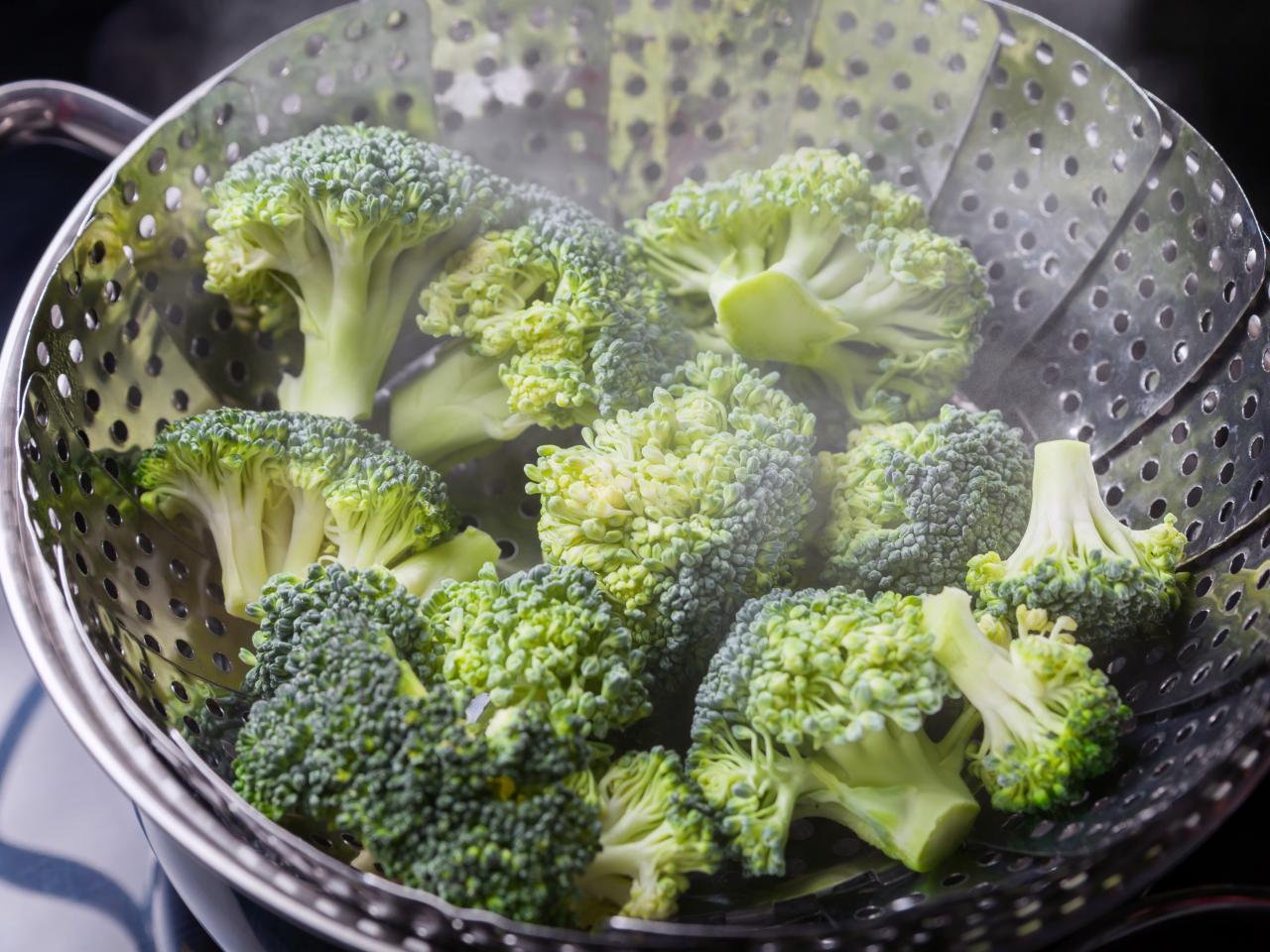
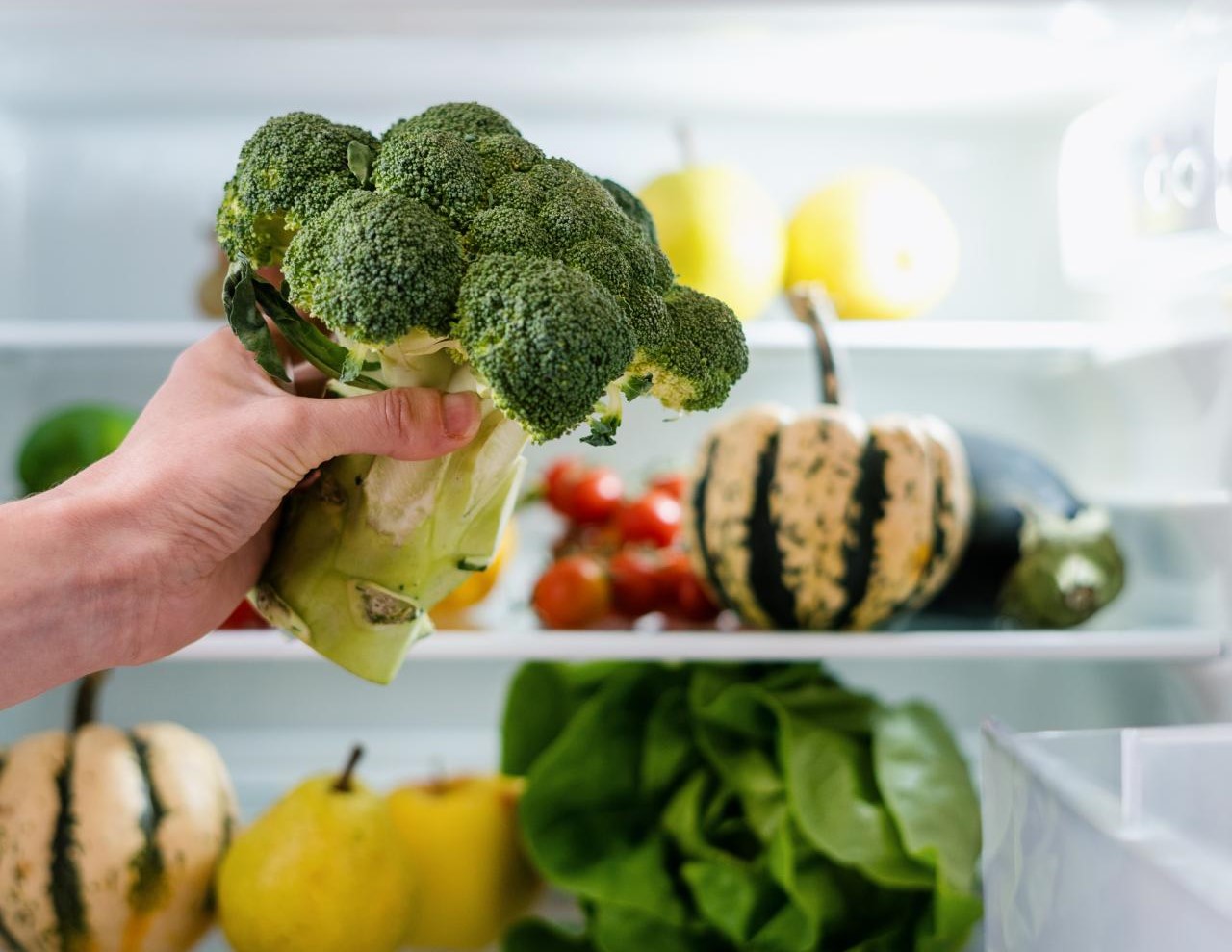
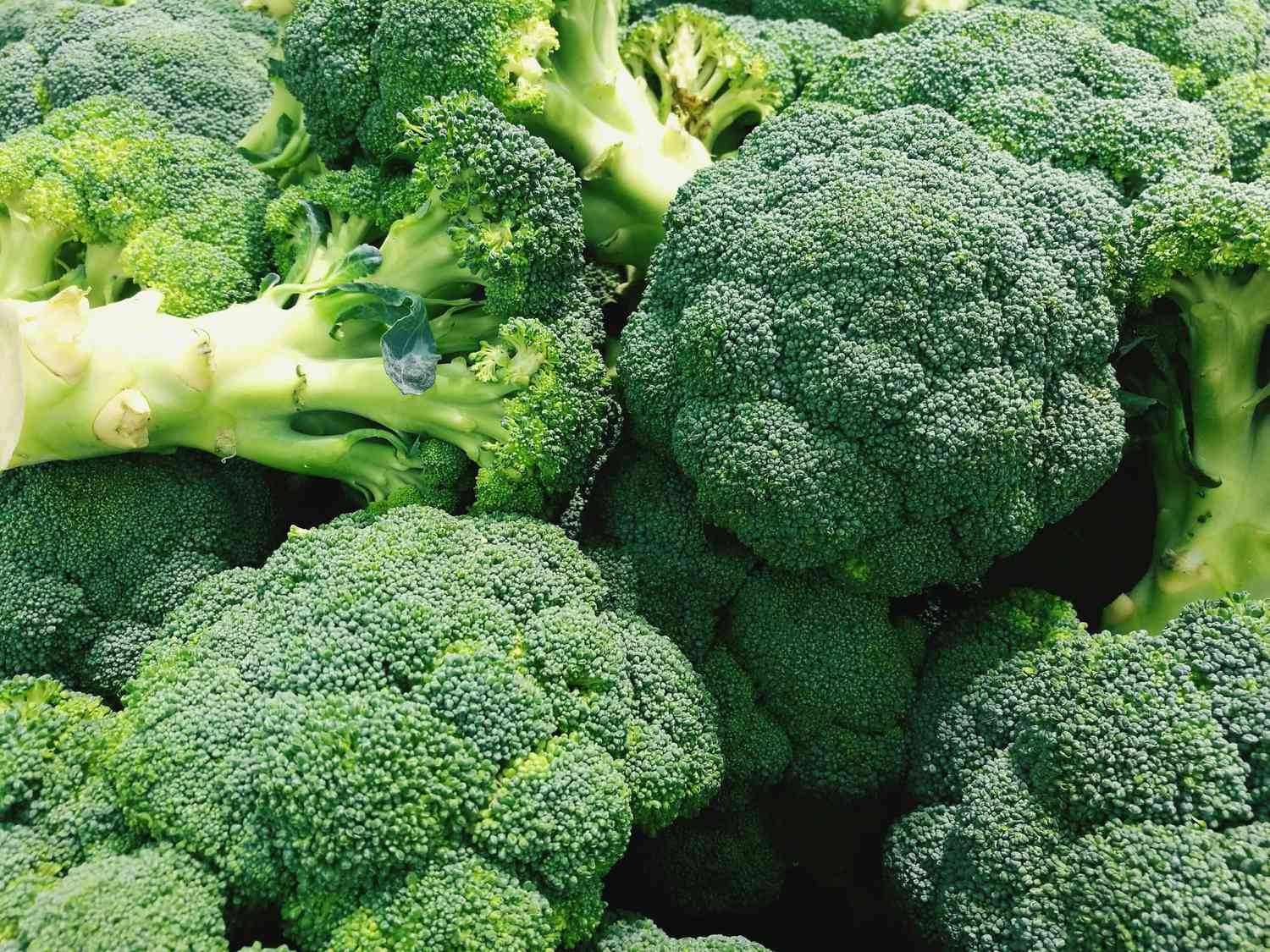

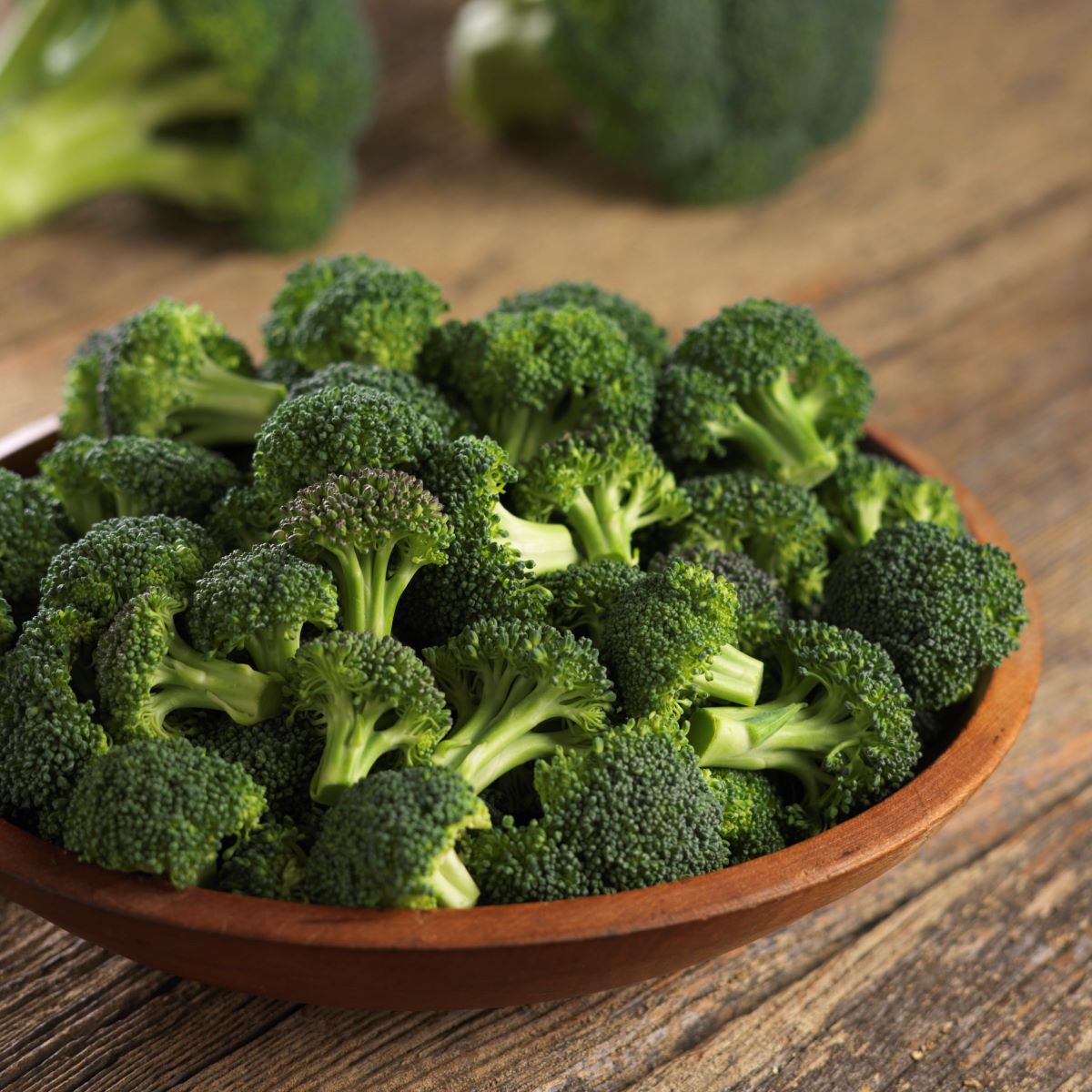
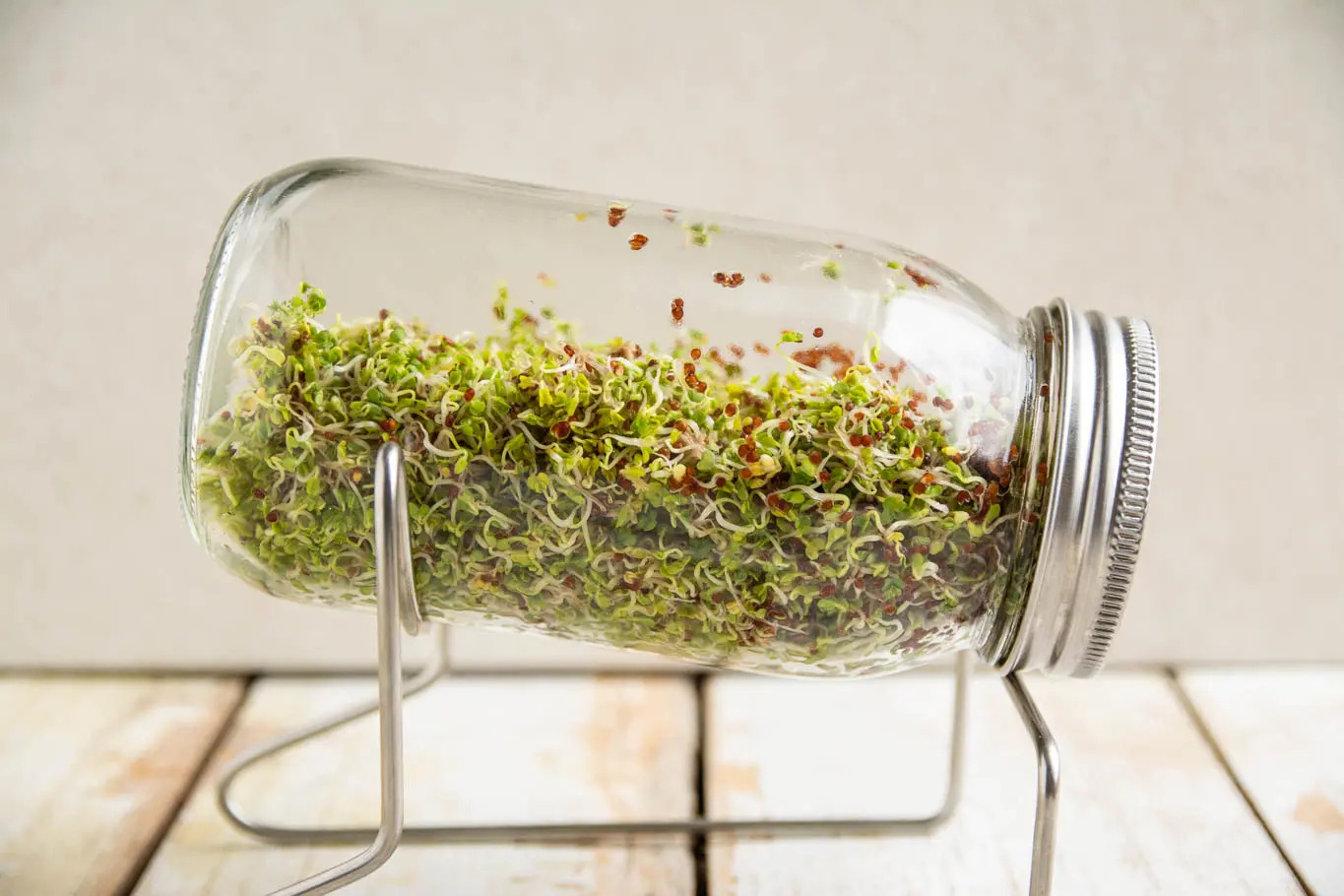

0 thoughts on “How To Store Cauliflower And Broccoli”